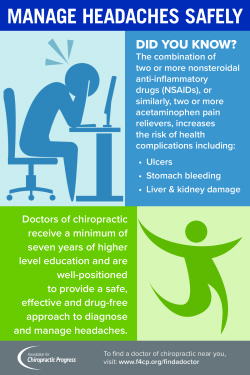Just How Does Cold Laser Therapy Harness Light To Reinvent Healing, And What Groundbreaking Possibilities Exist In Advance For Pain Management?
Just How Does Cold Laser Therapy Harness Light To Reinvent Healing, And What Groundbreaking Possibilities Exist In Advance For Pain Management?
Blog Article
Staff Author-Ditlevsen Hurley
When taking into consideration different therapies, cold laser therapy sticks out due to its unique technique to recovery. By making use of specific wavelengths of light, it targets mobile functions and advertises healing in a non-invasive way. This method not only enhances ATP manufacturing however additionally help in reducing swelling and pain. As research continues to unravel, the implications for rehabilitation and discomfort administration could be significant. What does this mean for future treatment options?
The Systems of Cold Laser Treatment
Cold laser treatment, additionally referred to as low-level laser therapy (LLLT), functions by stimulating cellular feature with the application of particular wavelengths of light.
When the laser light penetrates your skin, it engages with the mitochondria in your cells, boosting ATP manufacturing. This boost in ATP stimulates your cells, advertising recovery and regeneration.
The light likewise impacts cell membrane layers, boosting their leaks in the structure and assisting in nutrition absorption while eliminating contaminants. In addition, cold laser therapy triggers the launch of endorphins and reduces swelling, helping your body respond better to injury.
You'll experience improved blood circulation as the therapy promotes capillary growth, making sure that oxygen and nutrients reach damaged tissues more successfully.
Understanding these systems can aid you appreciate its possibility in advertising healing.
Possible Benefits of Cold Laser Treatment
When considering choices for pain alleviation and healing, you could discover cold laser treatment to be an enticing option. simply click the next internet site -invasive strategy can help in reducing swelling, alleviate pain, and advertise tissue fixing.
Lots of people report quicker recuperation times from injuries and surgical procedures after going through cold laser therapy. It's specifically beneficial for problems like arthritis, tendonitis, and muscle pressures.
You might also value that it has minimal adverse effects compared to drugs. In addition, cold laser therapy can boost flow, which aids in providing nutrients and oxygen to damaged locations.
Current Study and Medical Applications
As rate of interest in cold laser therapy expands, researchers are exploring its various applications and performance in medical settings. You'll discover research studies exploring its role in pain monitoring, wound recovery, and decreasing swelling.
In physical therapy, professionals make use of cold laser treatment to enhance healing in sports injuries, while dentists are finding it useful for treating dental pain and gum tissue problems. Ongoing trials are evaluating its potential in dealing with problems like joint inflammation and neuropathy.
These studies aim to establish standardized protocols and dosages, ensuring safety and security and effectiveness. As https://stressrelief64319.dsiblogger.com/67360562/advanced-laser-therapy-innovating-methods-to-pain-monitoring-and-healing arises, you may see cold laser therapy becoming a staple in both rehab and discomfort monitoring, offering individuals a non-invasive alternative that matches traditional treatments.
Conclusion
In conclusion, cold laser treatment uses a promising technique to recovery by utilizing specific wavelengths of light to enhance mobile features and advertise recuperation. With advantages like improved blood flow, lowered swelling, and pain relief, it's coming to be a beneficial option for different conditions. As research study remains to develop standard methods, you can expect higher approval of this non-invasive therapy in rehabilitation practices and discomfort management strategies, making it a prospective game-changer for lots of individuals.
